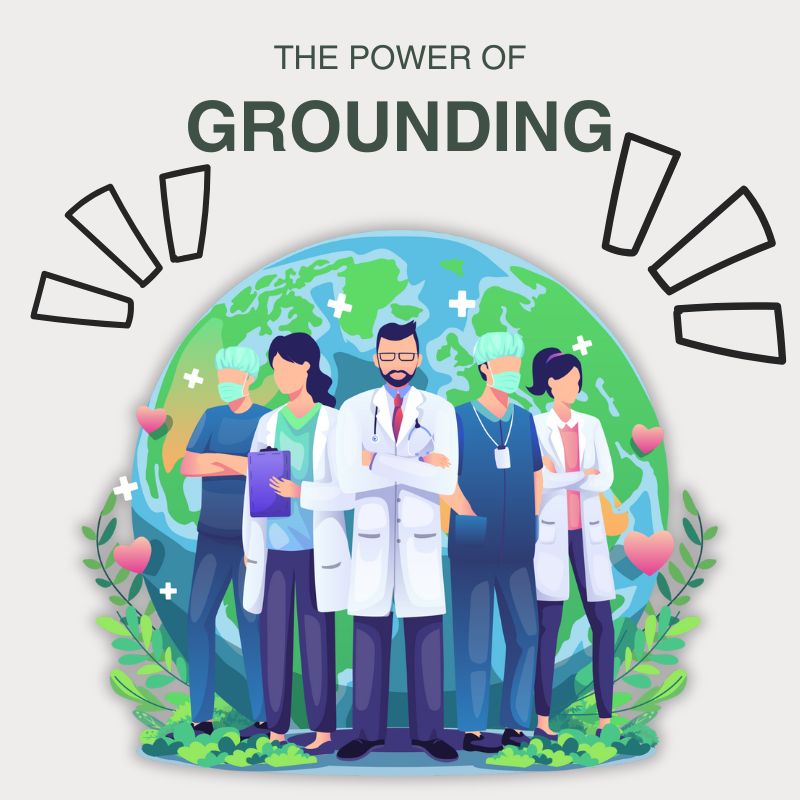
The Hidden Power of Grounding: Why Connecting to the Earth Heals
In our modern, fast-paced world, we are more disconnected from nature than ever before. We spend most of our time indoors, surrounded by artificial environments, wearing rubber-soled shoes that insulate us from the Earth. Yet, an ancient and simple practice—grounding, also known as earthing—is quietly regaining attention for its profound impact on health and well-being.
Grounding refers to direct physical contact with the surface of the Earth, such as walking barefoot on grass, soil, or sand, or using conductive systems indoors that connect us to the Earth’s electrons. While it may sound subtle or even too simple to be effective, decades of scientific research and countless case studies have shown that grounding has real, measurable effects on the body and mind.
Numerous studies have demonstrated that grounding reduces inflammation, a root cause of many chronic diseases. When the body makes direct contact with the Earth, it absorbs free electrons—nature’s most powerful antioxidants. These electrons neutralize harmful free radicals, helping to reduce oxidative stress and promote healing. People suffering from conditions like arthritis, autoimmune disorders, and chronic pain have reported significant relief after consistently practicing grounding.
Grounding has also been shown to normalize cortisol levels and support the body’s natural circadian rhythms. In one study, individuals who slept grounded reported better sleep, reduced pain, and improved energy. Other research observed a calming effect on the nervous system, leading to decreased anxiety and better stress management. This natural rebalancing helps explain why people often feel calmer, more centered, and emotionally resilient after spending time in contact with nature.
The benefits extend to the cardiovascular system as well. Studies have found that grounding can improve blood flow, reduce blood viscosity, and support healthy heart rate variability—key indicators of cardiovascular health. Athletes have used grounding to accelerate recovery after intense training or injury, noting faster healing times and reduced muscle soreness.
Real-world cases are just as compelling. People with persistent fatigue, insomnia, migraines, and even mood disorders have turned to grounding when conventional methods brought limited relief. Many have experienced dramatic turnarounds—sleeping better, thinking more clearly, and regaining a sense of vitality they thought was lost.
The beauty of grounding lies in its simplicity and accessibility. Whether it’s walking barefoot on a beach, lying on a patch of grass, or using a grounding mat at home or work, this natural practice reconnects us with the Earth’s healing energy. And while modern medicine continues to evolve, grounding reminds us that some of the most powerful remedies are the ones we’ve always had access to.
As science continues to explore the connection between human health and the Earth, grounding is emerging not as a trend, but as a timeless key to restoring balance in a world that often feels out of sync. It invites us to slow down, take off our shoes, and remember that healing doesn’t always come from outside—it can also rise from beneath our feet.
